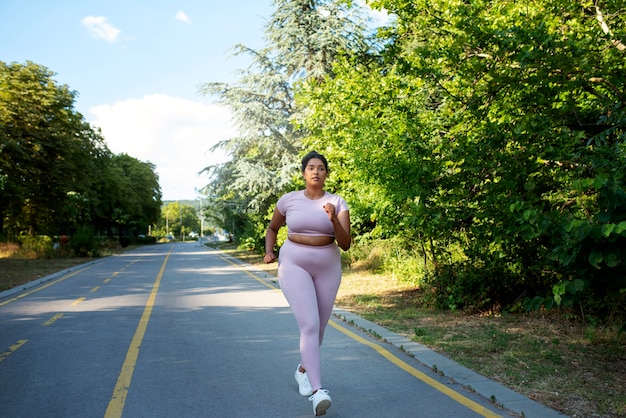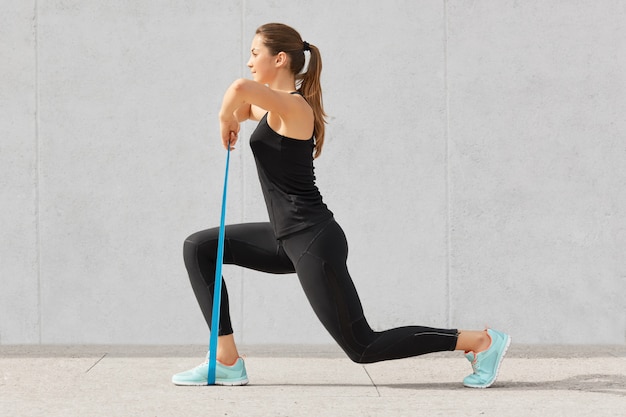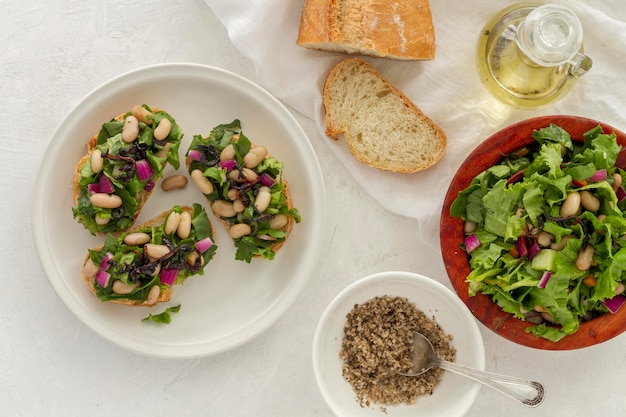As we age, maintaining a healthy weight becomes more challenging—but not impossible. For seniors looking to shed extra pounds without overspending, the right fitness approach can make all the difference. The key lies in starting fast, staying consistent, and measuring results weekly. This guide delivers 10 practical, budget-friendly senior fitness tips designed specifically for weight-loss seekers who want sustainable, effective results.
Walking is one of the most accessible and low-impact exercises for seniors. It requires no equipment, costs nothing, and can be done almost anywhere. Start with 15–20 minutes a day and gradually increase to 30–45 minutes. Walking boosts cardiovascular health, burns calories, and improves joint mobility.

You don’t need a gym membership to build strength. Simple bodyweight exercises like chair squats, wall push-ups, seated leg lifts, and standing calf raises can be done in your living room. Perform 2–3 sets of 10–15 reps, 3–4 times per week. These movements improve muscle tone, increase metabolism, and support fat loss.
Resistance bands are inexpensive, portable, and highly effective. They add resistance to workouts, helping build lean muscle—key for boosting metabolism. Use them for arm curls, rows, leg presses, and shoulder presses. A full set costs under $20 and lasts for years.

While it’s important to start strong, consistency matters more than intensity. Aim to move every day—even if it’s just for 10 minutes. Regular activity keeps your metabolism active and prevents muscle loss. Create a simple weekly schedule and stick to it. Over time, small efforts compound into big results.
Measuring results weekly keeps you motivated and informed. Use a journal or free app to log your weight, waist circumference, energy levels, and workouts. Don’t rely solely on the scale—non-scale victories like better sleep, improved mood, or looser clothes are equally important indicators of progress.
Fitness and nutrition go hand in hand. Drink plenty of water throughout the day—dehydration can mimic hunger. Focus on whole foods: vegetables, fruits, lean proteins, and whole grains. Avoid processed snacks and sugary drinks. Portion control is essential; use smaller plates and eat slowly to recognize fullness cues.

Many community centers, libraries, and senior centers offer free or low-cost fitness classes like chair yoga, tai chi, or water aerobics. These programs provide structure, social support, and expert guidance—all at little to no cost. Check local listings or visit your city’s parks and recreation website to find options near you.
Turn everyday tasks into fitness opportunities. Take the stairs instead of the elevator, park farther from store entrances, or do light gardening. These activities increase daily movement (non-exercise activity thermogenesis), which contributes significantly to calorie burn over time.
Balance and flexibility exercises reduce fall risk and improve mobility. Try simple routines like standing on one foot, heel-to-toe walks, or gentle stretching. Incorporate 5–10 minutes daily. Improved flexibility also enhances the effectiveness of other workouts by allowing fuller range of motion.

Sleep and stress directly impact weight loss. Poor sleep disrupts hormones that regulate hunger, increasing cravings. Aim for 7–8 hours per night. Practice stress-reducing techniques like deep breathing, meditation, or light reading. Lower stress levels support better eating habits and improved recovery from workouts.
Losing weight as a senior doesn’t require expensive equipment or memberships. With these 10 budget-friendly fitness tips, you can start fast, stay consistent, and track weekly progress for lasting success. Focus on sustainable habits, celebrate small wins, and remember—every step forward counts. Your health journey is personal, powerful, and absolutely worth it.

Fitness

Fitness

Fitness

Fitness

Health

Wellness

Health

Fitness

Health

Wellness

Wellness

Wellness

Health

Fitness

Health

Health